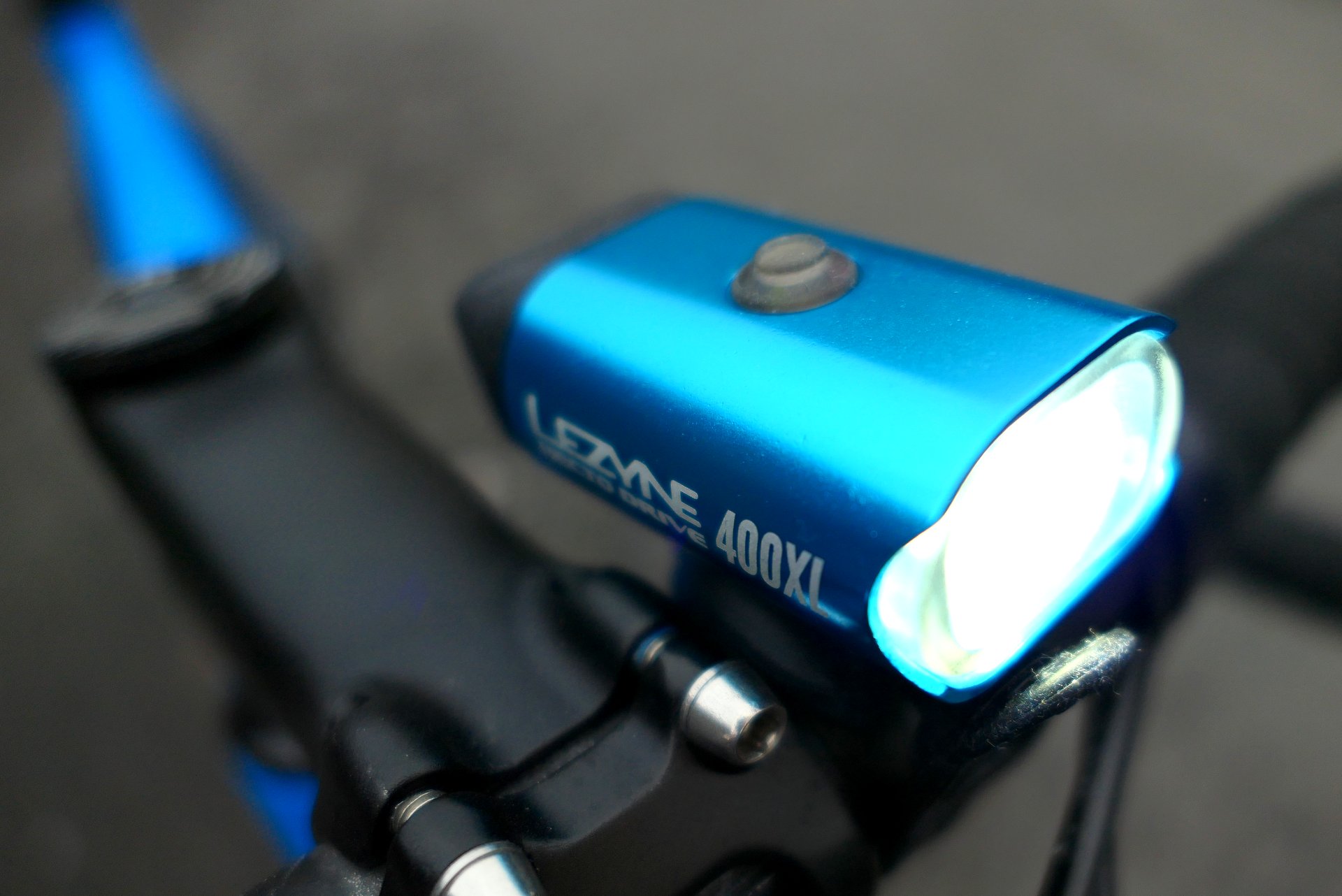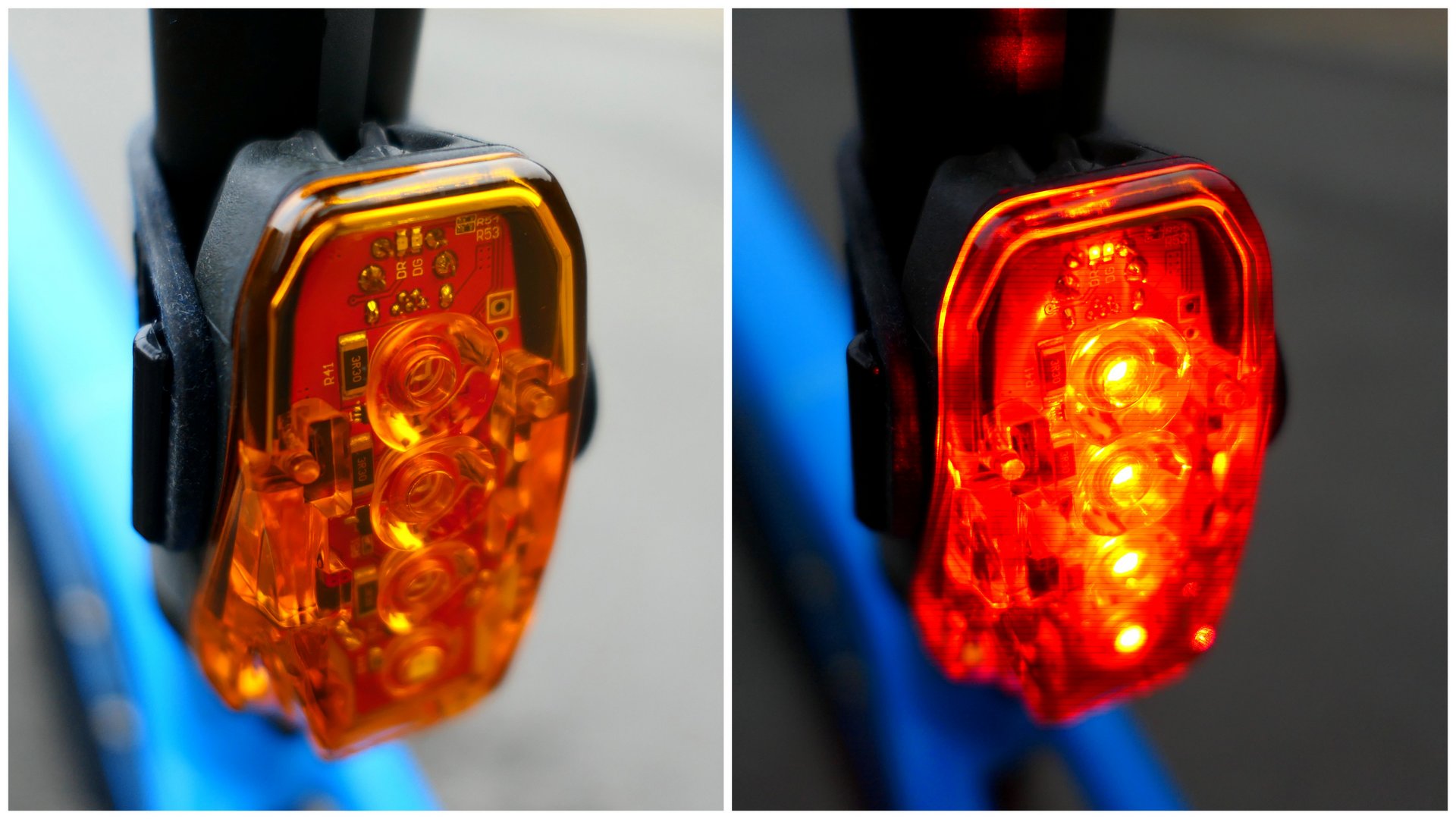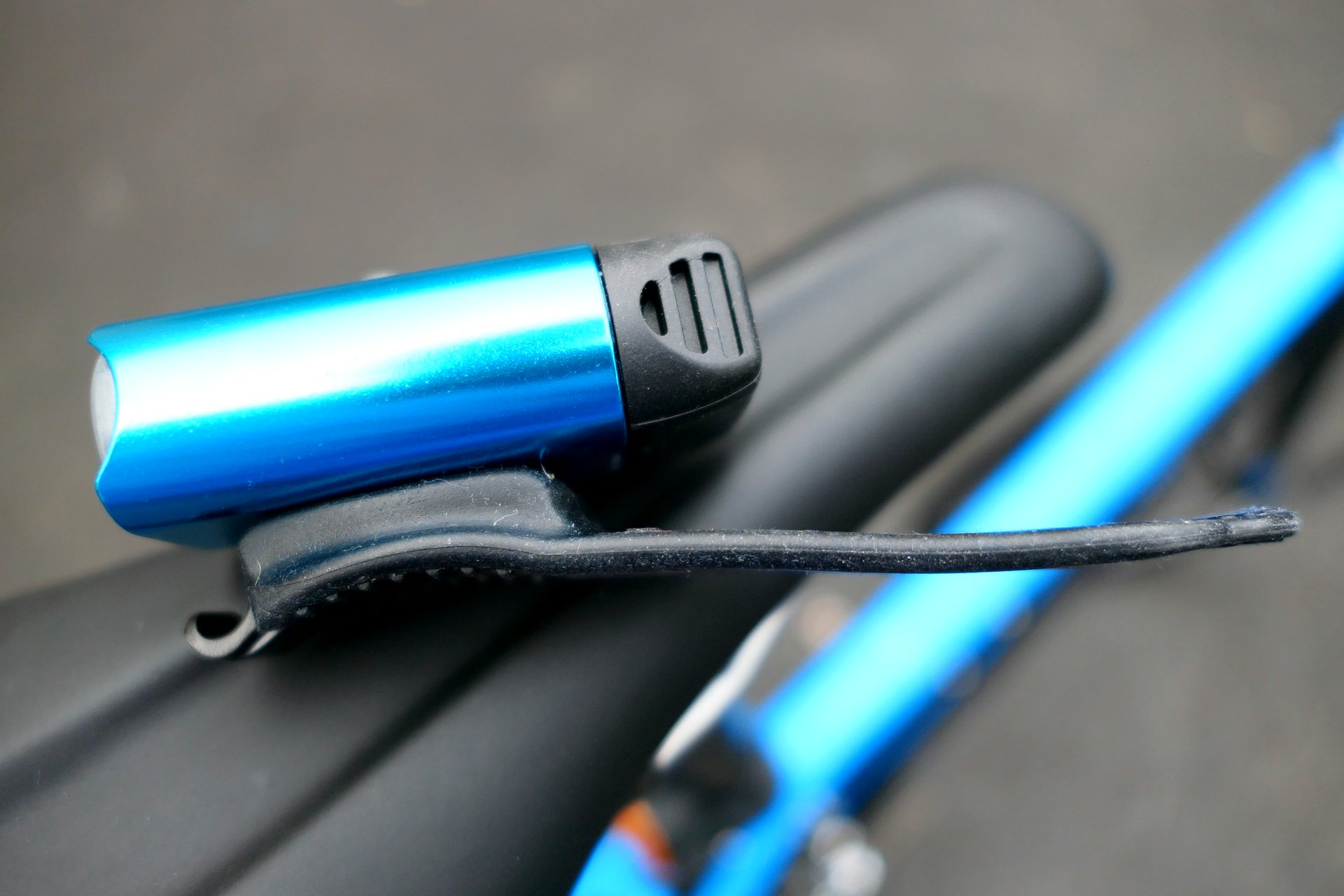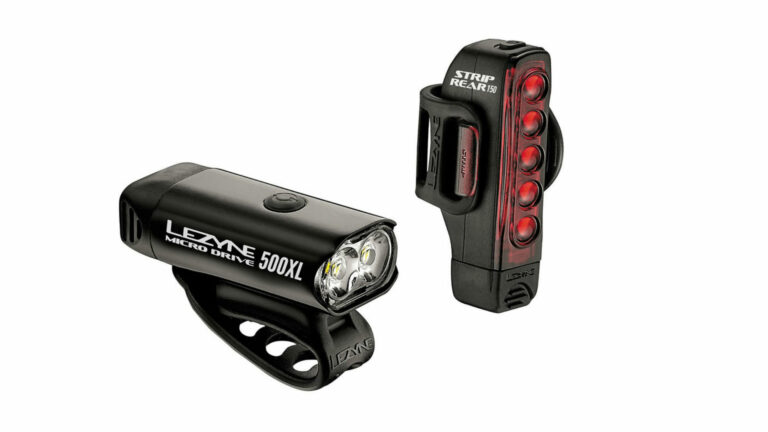Ask yourself: have you ever wondered why some cyclists leave their bike lights on during the day? Maybe they can’t be bothered to switch them off, or perhaps they simply forgot, or maybe they think it makes a difference to their visibility on the road. You may scoff – it’s daytime! But the thing is, you noticed them, didn’t you?
While bike lights are usually bought at this time of year when the nights are drawing in and the weather forecast generally means visibility is reduced compared to the halcyon long summer days, there’s a strong case to be made for lights to be a permanent addition to your road bike during the daytime, too.
Want to know six of the key reasons why you should consider sporting lights on your bike even during the day? Read on.





